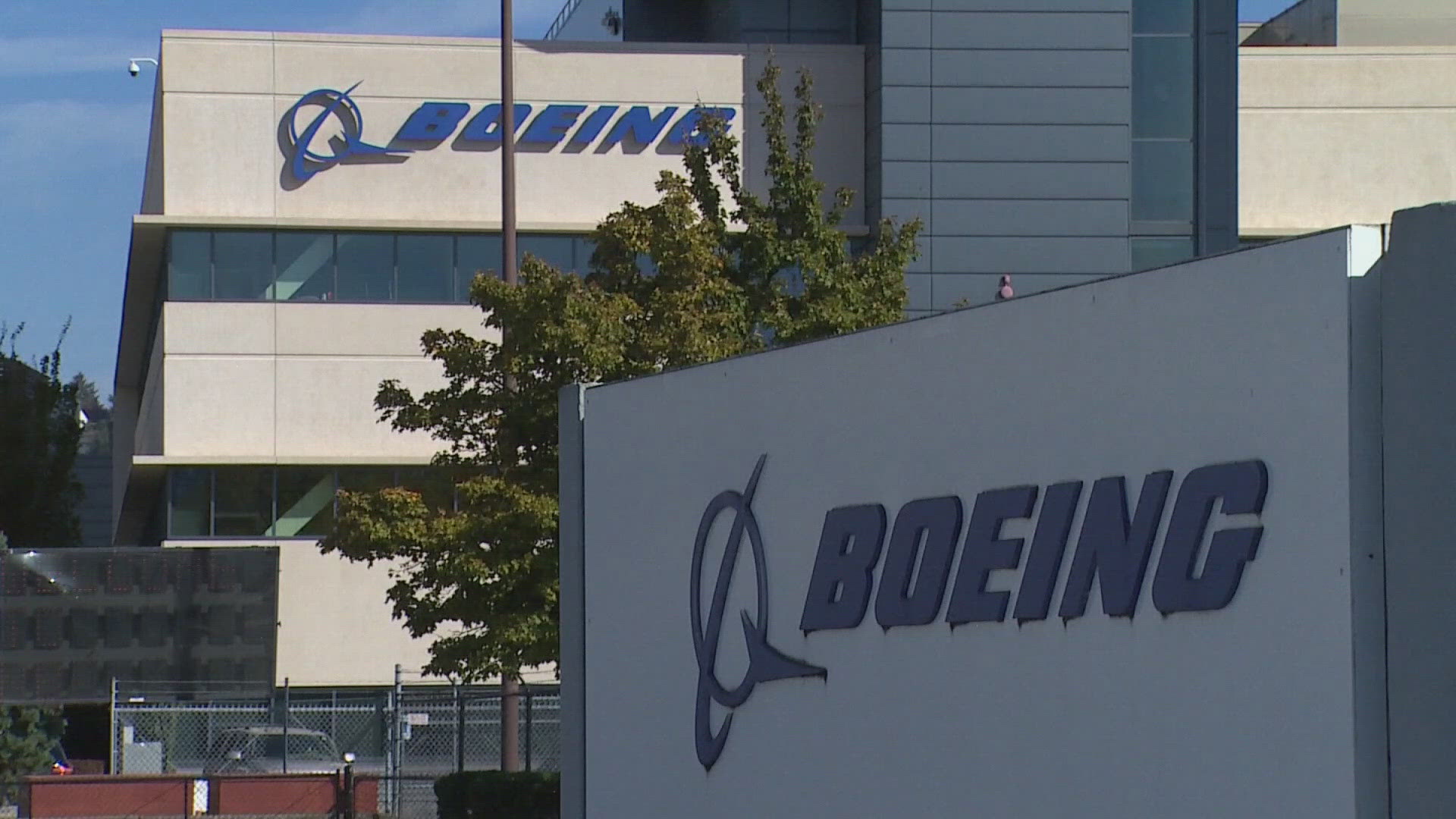FLORISSANT, Mo. — There are limits to brewing beer in a basement, especially if you’re among the region’s most revered craft breweries.
Since it was founded in 2016, Narrow Gauge Brewing Co. has pumped out potent stouts, inventive New England-style IPAs and fruit-forward sour ales from just 1,500 square feet of brewing space in the basement of Cugino’s restaurant in Florissant.
It’s served them well; the brewery has helped make Florissant a must stop in a tour of St. Louis’ best breweries. But owners Jeff and Heather Hardesty have long had their sights on pushing out more beer through a space of their own.
That day is coming soon. The Hardestys in February acquired a vacant retail storefront just 400 feet up the road from Cugino’s that will more than double their production capacity once they move sometime in early 2021.
The former Pool King store at 1545 N. Hwy. 67 will give Narrow Gauge 3,800 square feet of production space, including a warehouse and walk-in cooler, a 2,800-square-foot tasting room and 1,600 square feet of office space.
In addition to growing production space, the move could also open the door to something Narrow Gauge was unable to do from the Cugino’s basement: pursue broader distribution.
“Ideally we’d like to have a little bit of distribution out there,” said Jeff Hardesty. “It’s fun to go to a restaurant you like and they have your beer on tap.”
But making the decision to pursue distribution isn’t as easy as it sounds. It can be a complicated equation that’s as much about what you must give up as it is about what you gain.
BRAND EXPANSION
In a way, Narrow Gauge was designed to withstand a pandemic.
As the threat of Covid-19 forced the closure of tasting rooms, breweries across the region scrambled to set up more robust to-go sales operations to help sustain revenue.
But Narrow Gauge, which is sold almost entirely from the confines of Cuginos, already generates most of its revenue from sales of packaged beer to go. Hardesty said 75% of the brewery’s annual production goes into the packaged to-go format.
“We kind of set ourselves up to succeed in this environment,” he said. “(The pandemic) still has taken a bit of production out of us, so we’re not making as much beer as we were, but we’re not super far off at this point.”
Yet even if the brewery wanted to distribute more widely, the company was limited by production constraints. The brewery produced 737 barrels in its first full year of production in 2017. Additional fermenters and brite tanks allowed it to nearly double capacity to around 1,200 barrels in 2018, but that also pushed the company to the physical limits of the Cugino’s basement.
“A lot of our growth since 2016 has been limited by what we are physically able to produce,” said Heather Hardesty. “We plan to double our capacity in the new space.”
The Hardestys estimate production at the new space to reach between 2,100 and 2,300 barrels per year.
“That’ll help us to have stouts and lagers going all the time and leading into some limited distribution,” Jeff Hardesty said. “That’s something we’re not 100% sure about.”
It would seem natural for a consumer goods brand to seek the widest audience possible for their product. But it’s far from an easy decision, especially in the world of alcohol distribution.
“Everyone thinks the margins brewers make is so great,” said Rick Laxague, a Clinton, Missouri-based partner at Craft Beverage Consultants, an alcoholic beverage-based consulting firm. “But brewers often taken the lowest share when you look at the three-tier distribution system.”
Click here for the full story.



